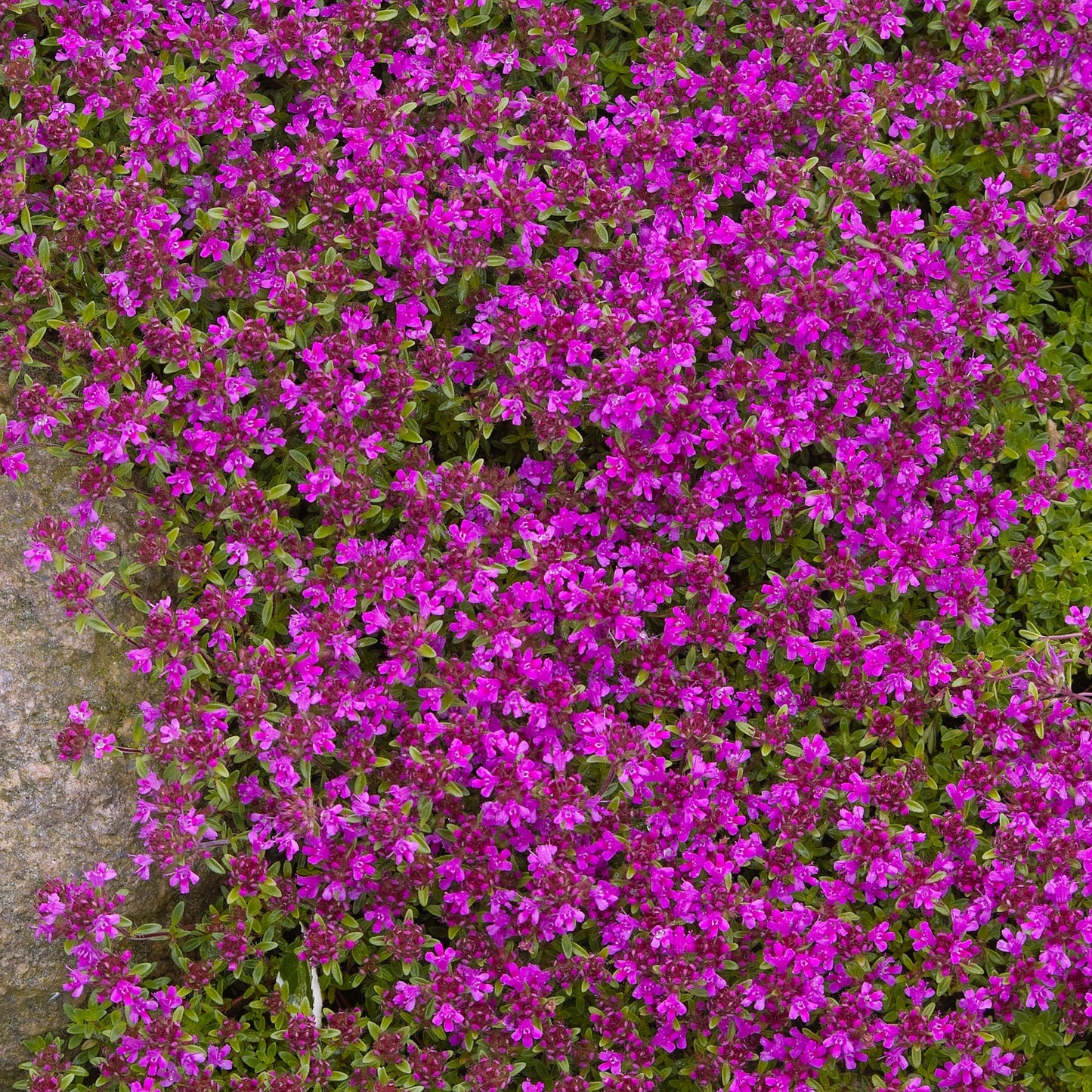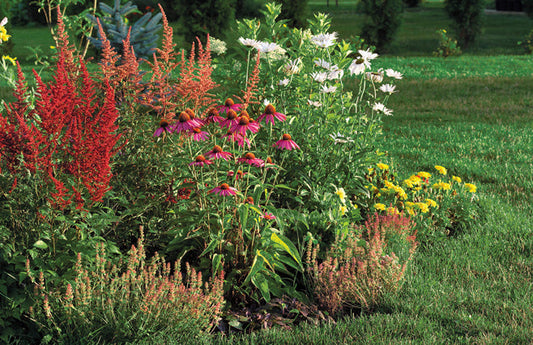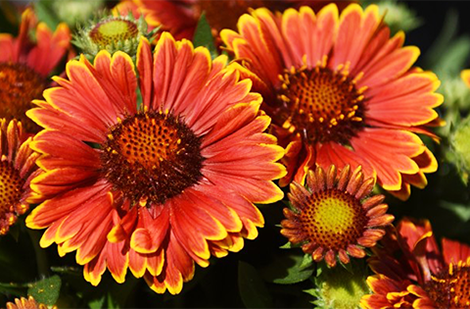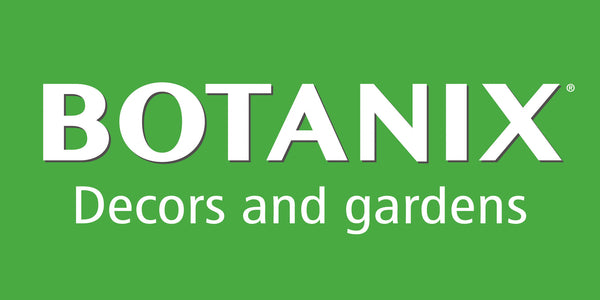Thymus serpyllum 'Coccineus'
Coccineus' Creeping Thyme
Coccineus' Creeping Thyme
Exposure
- Sun
Rusticity
Bloom time
- June
- July
- August
- Aromatic herb
- Fragrant pink and red flowers
- Ground-cover
- Attracts pollinators
- Drought resistant
Creeping thyme 'Coccineus' (Thymus serpyllum 'Coccineus') is an easy-to-grow ground cover, but with a colour twist that'll make the neighbours talk! Imagine a dense carpet of small, fragrant green leaves, but dotted with a ton of small, bright red flowers all summer long. Seriously tough for our hot summers and cold Quebec winters, this thyme is perfect for adding a vibrant splash of colour without requiring a ton of effort. Bees and butterflies love it, so get ready for a garden buzzing with life!
Key Features
- Foliage: Small, oval, dark green leaves, very aromatic, creating a fine texture and a pleasant fragrance when crushed or walked on.
- Habit: Creeping, forming a dense and low mat that spreads easily, ideal for covering large areas, rock gardens, or spaces between paving stones.
- Growth: Moderate to fast, spreading by its stems that root upon contact with the soil, forming a colourful and effective ground cover.
- Maintenance: Easy, requiring little attention once established, tolerating drought and poor soils well.
- Flowering: Abundant blooming of small, bright red flowers that cover the plant during the summer, creating a striking display.
Care Tips
- Light: Full sun, it's crucial for abundant flowering and vibrant flower colour. Lack of sun may result in less spectacular blooming.
- Watering: Tolerates drought well once established. Water moderately during planting and during prolonged dry periods, allowing the soil to dry out between waterings.
- Soil: Prefers well-drained soil, even if it's poor or rocky. Avoid heavy and waterlogged soils.
- Humidity: Has no special humidity requirements and thrives in dry conditions.
- Temperature: Very hardy and cold-tolerant, perfectly adapted to Quebec winters. It loves the summer heat for profuse flowering.
- Fertilization: Not really necessary. A little compost in the spring can help, but avoid fertilizers too rich in nitrogen that could promote foliage at the expense of the red flowers.
Plant details
Dimensions
Dimensions
Characteristics
Characteristics
Habit:
- Bushy
- Spreading
Flowering colours:
- Pink
- Red
Plant needs
Plant needs
Watering:
- Low watering
Maintenance:
- Easy
Soil requirement:
- Well-drained soil
- Dry
Features
Features
Resistance:
- Diseases
- Drought
Attract:
- Pollinators
Use:
- Ground cover
- Rockeries
- Flowerbeds
- Hanging pot
Attribute:
- Aromatic

Related articles
-

Perennials for all occasions
Read the articleOsez créer des associations inédites qui sauront refléter votre personnalité, même si pour cela vous deviez déplacer certaines vivaces pour mieux les mettre en valeur.
-

Landscaping with perennials
Read the articleVariétés à découvrir, la tomate se savoure crue, en sandwich, en bruschetta ou en salade. Cuite, c'est l'ingrédient de base de sauces, soupes et salsas.
-

Perennials proper maintenance: cut and fertilize
Read the articleLa grande popularité des vivaces vient du fait qu'après avoir été oubliées pendant des mois au cours de l'hiver, elles réapparaissent sur la scène plus énergiques et surprenantes que par...
-

How to plant perennials in your garden
Read the articleEn pénétrant au jardin, ce sont souvent les plantes vivaces que l’on remarque en premier. Un massif de sauges, d’hémérocalles, d’astilbes, d’échinacées ou de lavande offre un spectacle d’une beauté...









